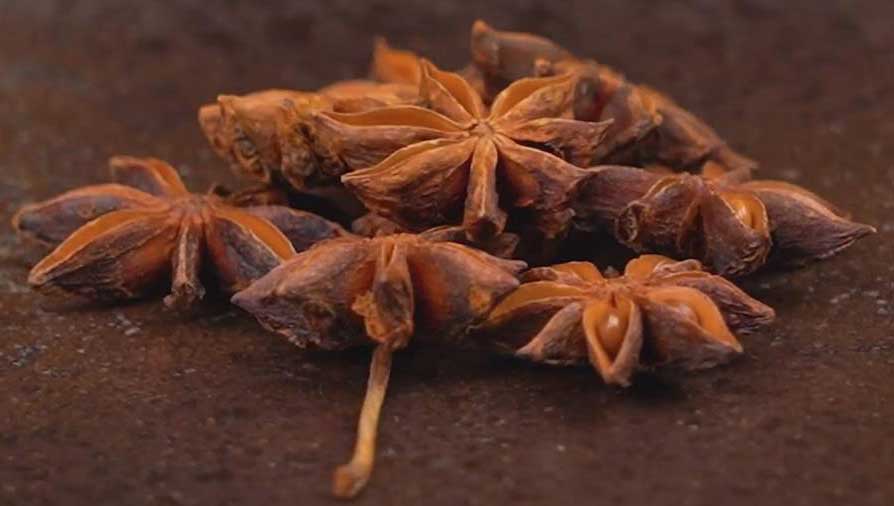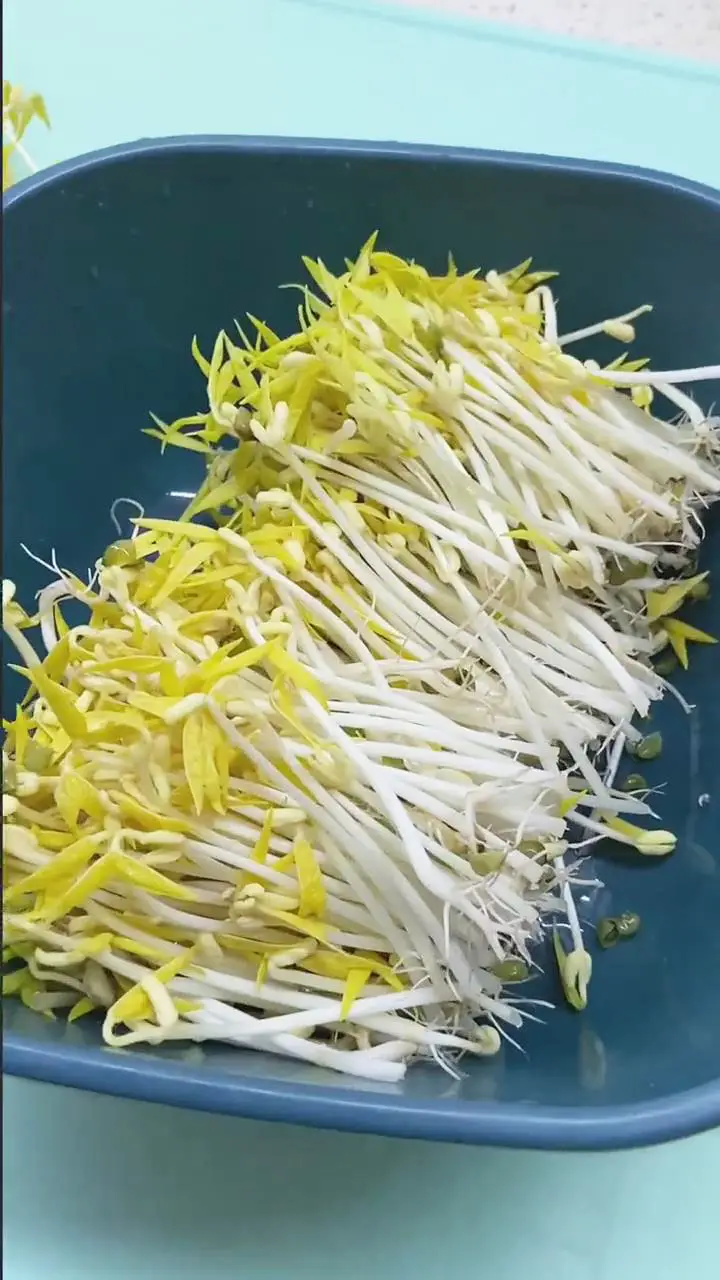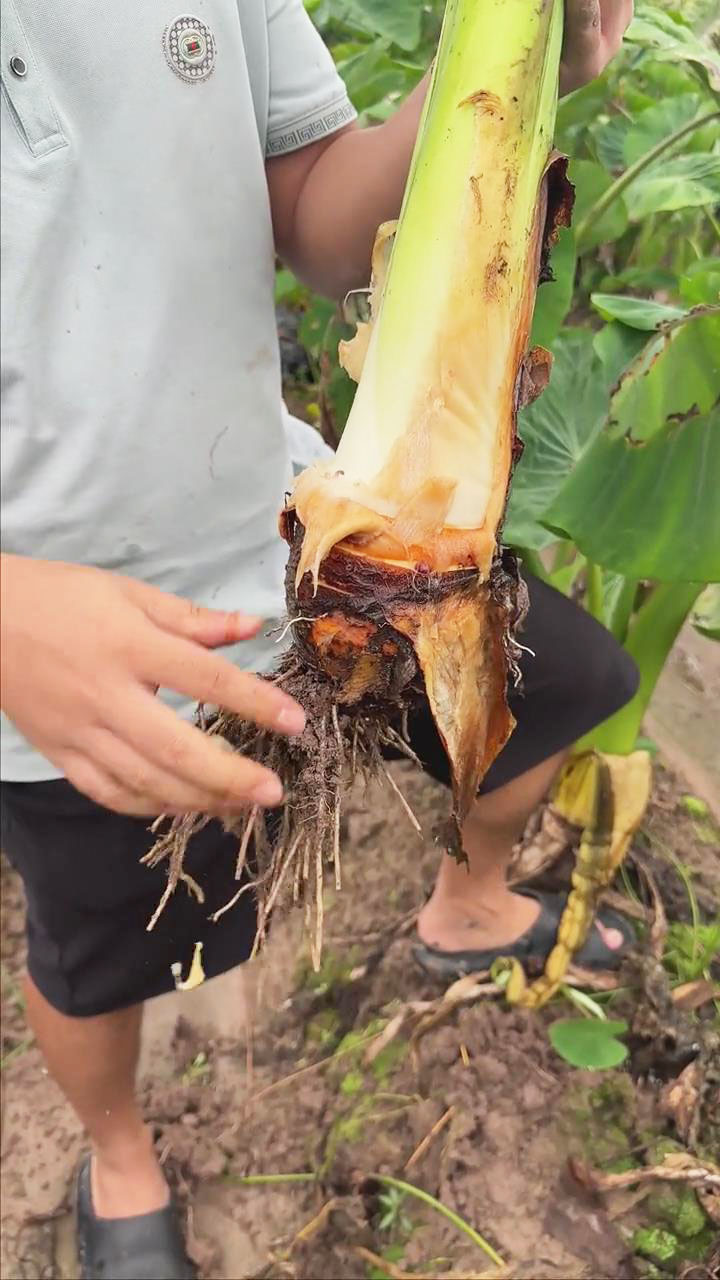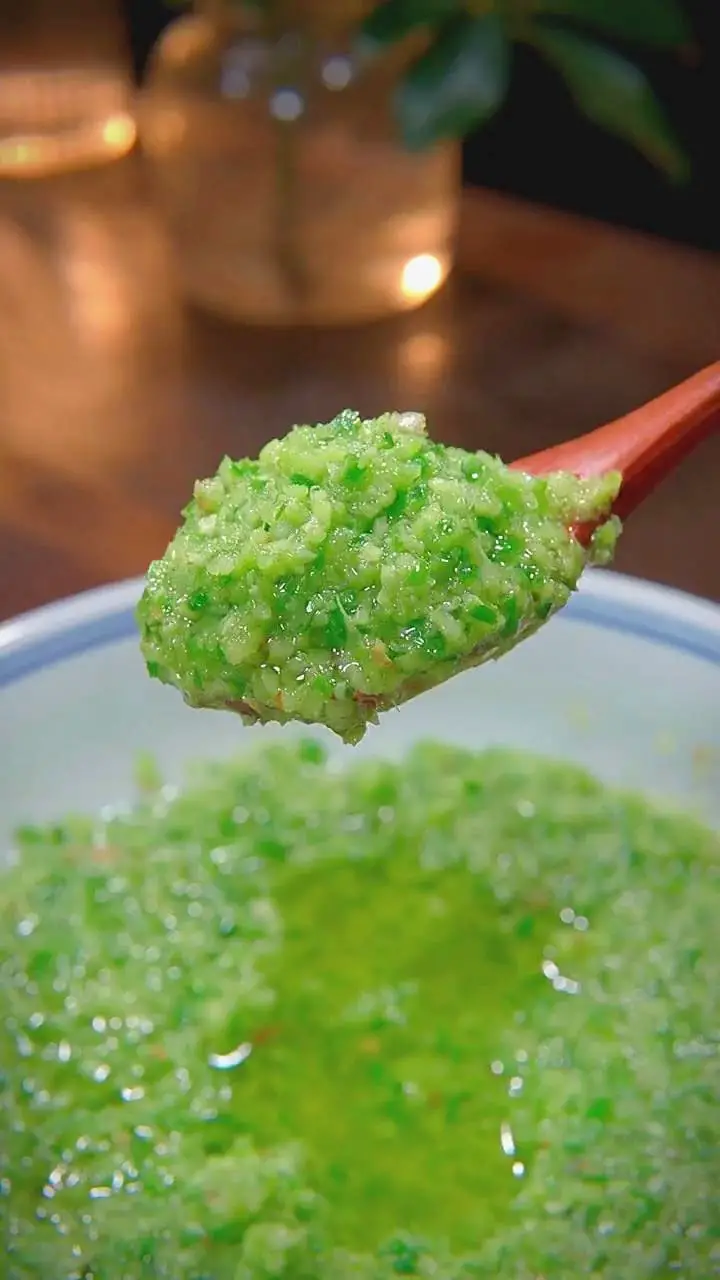Creating a recipe that includes anise as an ingredient? You have probably gone to the store to buy one, but the problem is, the store has given you two choices: anise seeds and star anise. The question is – which one should you choose?
Although both options have the word “anise” in them, it does not mean they are the same. However, they are similar in terms of their licorice-like flavor and some culinary uses. Other than that, these two spices are completely different and come from two distinct plant species.
If you are confused about whether to buy anise seeds or star anise, you have come to the right place for information. In this spice guide, it covers the key differences between anise seeds and star anise. Learn about their plant origin, taste, appearance, and uses.
What Are Anise Seeds?
What Is It?
Anise seeds come from a flowering plant called Pimpinella anisum, which is common in eastern Mediterranean and Southwest Asia. It is included in the plant family of Apiaceae. You may also know it as anise, aniseed, or anix.
This spice is similar to other spices, such as star anise, licorice, and fennel. It is commonly used for sweet and savory dishes, as well as medicinal purposes. Aside from food consumption, it is also an ingredient in drinks, essential oils, soaps, and breath fresheners, to name a few.
What Does It Look Like?
The seed is the fruit of the plant. It is typically dry and grayish brown. Its size is small, about four to six centimeters long.
It is often dry and oblong-shaped, quite similar to the appearance of fennel seeds. Anise seeds are usually harvested from late summer to autumn. The seeds are harvested once they turn brown and fall off the plant.
What Does It Taste And Smell Like?
Anise seeds have a licorice-like taste because of the anethole oil in the plant. The licorice taste of anise seeds is generally milder than star anise. In terms of smell, it is pungent, sweet, and licorice-like.
What Is It Used For?
Anise seeds are widely used for their medicinal properties and culinary purposes. You can use it for sweet and savory dishes, from desserts to baked goods and sausages. It is rich in nutrients and antioxidants, which are beneficial for the following examples:
- Aids in indigestion, constipation, and stomach ulcers
- Reduces symptoms of depression
- Reduces inflammation and swelling
- Alleviates cough
- Relieves menopausal symptoms
- Reduces risk of iron deficiency or anemia
- Potentially aids in balancing blood sugar levels
Aside from its wonderful health benefits, anise seeds are commonly used for baked goods, drinks, and savory dishes, such as the following:
- Italian pizzelle and biscotti
- German cookies and biscuits
- Australian humbugs
- New Mexican biscochitos
- Atole de anís
- Mexican champurrado
- Cakes and pies
- Candies
- Italian sausage
- Pepperoni
- Other processed meat products
- Apéritifs or digestive after meals
- Ouzo
- Arak
- Pernod
- Chartreuse
- Anisette
- Sambuca
- Herbal teas and infusions
Not only are anise seeds consumed, but they are made into commercial products like essential oils and liquid scents for hunting and fishing. Moreover, it is a common ingredient for soaps, creams, and lotions.
What Is Star Anise?
What Is It?
Star anise comes from an Asian evergreen tree called Illicium verum, commonly produced in China, India, and Vietnam. This tree produces star-shaped pericarps that contain one seed in each pod. It is also called by many names, such as star aniseed, Chinese star anise, and star anise, to name a few.

Star anise tree
This spice is available in whole or ground form, typically bought in the spice section of a grocery store. Keep in mind this spice is different from the toxic Japanese star anise, which comes from the plant Illicium anisatum. Japanese star anise is similar but is highly toxic and can cause seizures, inflammation of the kidneys, and other neurological reactions.
What Does It Look Like?
From the name itself, star anise is a star-shaped spice with six to eight points or follicles. Its appearance is reddish to brown, with a hard and rough texture. Each star’s follicle is boat-shaped and measures about one to two centimeters long.
When opened, there is one seed on each pod. The seeds are usually smooth and shiny and measure eight to nine millimeters. Star anise is usually harvested while still green before it ripens.
What Does It Taste And Smell Like?
Similar to anise seeds, star anise also has a licorice-like flavor profile and contains anethole. Compared to anise seeds, the flavor of star anise is more potent and stronger. It has notes of woody and warm taste.
The seeds from the pods of star anise are actually the ones that release the intense flavor when ground or cooked. The aroma of star anise is a combination of warm and sweet. It also has a deep balsamic-woody undertone.
What Is It Used For?
Star anise also has a long list of uses, from food to medicinal purposes. Generally, star anise is commonly used in Chinese dishes and spices like Chinese five-spice powder. It is also popularly used in Indian dishes like biryani, curry, and spices like garam masala.
If you noticed, star anise is widely used in savory dishes because of its more intense flavor. However, it is still incorporated in pastries or baked goods for its licorice-like taste. Here are some examples of dishes and drinks using star anise:
- Soups and stews
- Stir-fried dishes
- Broths
- Slow-cooked meats and marinades
- Kebab
- Biryani
- Curry
- Cookies and cakes
- Garam masala
- Chinese five-spice powder
- Vietnamese Pho
- Taiwanese Beef Noodle Soup
- Herbal teas
- Masala chai
- Galliano
- Sambuca
- Absinthe
Not only is it used for food and drinks, but star anise is also turned into oil. Star anise oil is beneficial for mouthwashes, soaps, toothpaste, and recipes. This spice is packed with powerful antioxidants and nutrients, which help with the following:
- Relieves pain
- Promotes skin health
- Aids in digestion and stomach disorders
- Reduces inflammation
- Supports the immune system
- Reduces respiratory infection
Where To Buy Anise Seeds And Star Anise?
These are typically bought in the spice section of grocery stores. If you can’t find them there, try checking your local Asian or Mediterranean grocery store as well. You can also easily find these in online stores like Amazon.
Once you have anise seeds or star anise, make sure to keep them in a cool and dry place away from direct sunlight. In this way, you can preserve your spices for a long time.
Are Anise Seeds And Star Anise Interchangeable?
Short answer – Yes, you can. You can swap and interchange one for the other when in ground form. However, remember that star anise has a stronger flavor than anise seed.
So, if you have to swap star anise with anise seeds, you can double the amount of anise seeds to make it as strong as star anise. For a whole star anise, you can replace one whole star anise with 1/2 teaspoon of anise seeds.
In Comparison: Anise Seeds Vs Star Anise
Both anise seeds and star anise are highly beneficial and have a wide variety of uses. Use it for cooking, baking, health purposes, and many more. For a quick comparison, here’s a summary of their main differences and similarities.
Table Of Comparison: Anise Seeds Vs Star Anise
| Spice | What Is It? | What Does It Look Like? | What Does It Taste And Smell Like? | What Is It Used For? |
| Anise Seeds | Pimpinella anisum of the plant family of Apiaceae |
|
|
|
| Star Anise | Evergreen tree called Illicium verum |
|
|
|
So, Which One Should You Use?
The answer depends on how you are going to use it. If you need a licorice-like flavor for pastries and baked goods, go for anise seeds. For savory and stir-fried dishes, use star anise instead.
Both have licorice-like flavors and are easy to interchange with the other. However, just remember that star anise has a stronger flavor profile than anise seeds. So, adjust the amount accordingly.
The bottom line, both spices are excellent ingredients for cooking and medicinal uses. When you are ready to buy it in the store, keep in mind that star anise is star-shaped, while anise seeds are oblong-shaped. You can get both spices in whole or ground forms.
Do you have star anise right now? Why not use it to make Homemade Chinese Five Spice Powder (五香粉) and Red Braised Pig Trotter (Pigs Feet)? Follow Kitchen Misadventures on Instagram and TikTok for more delicious recipes!



